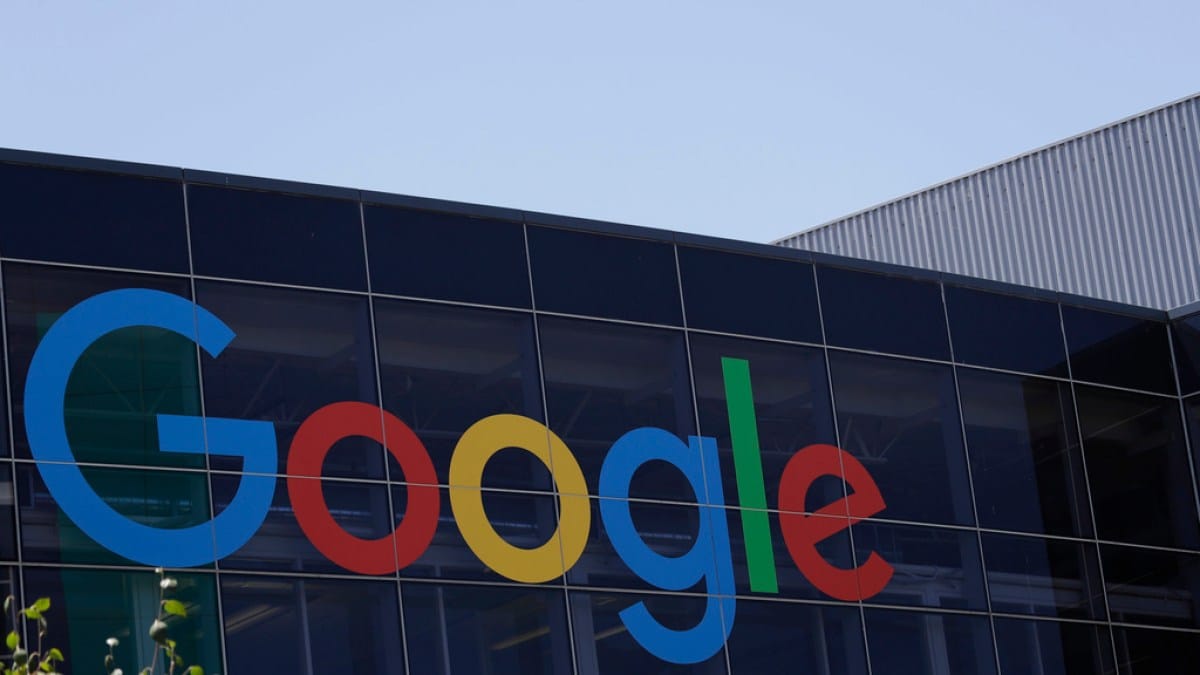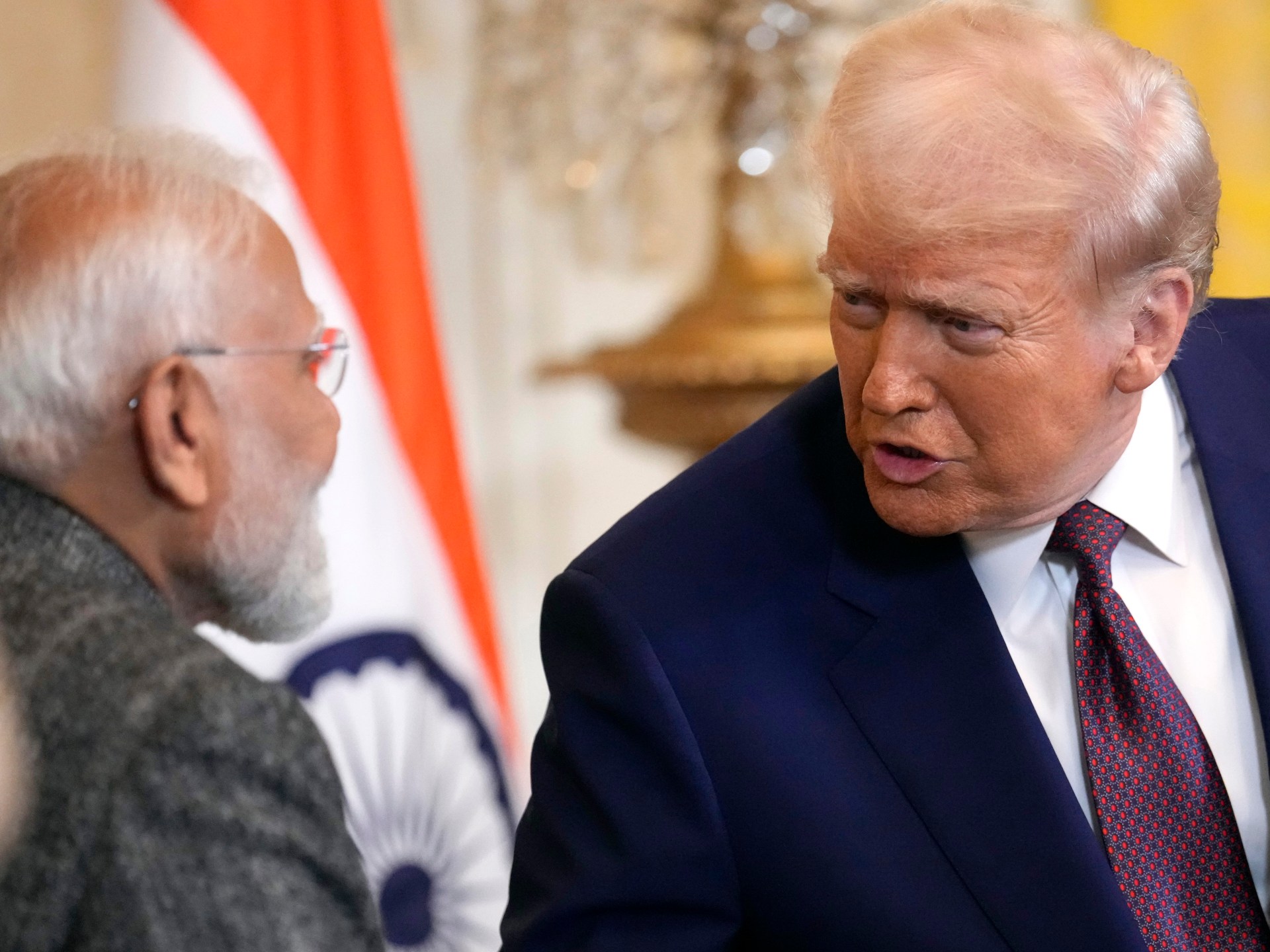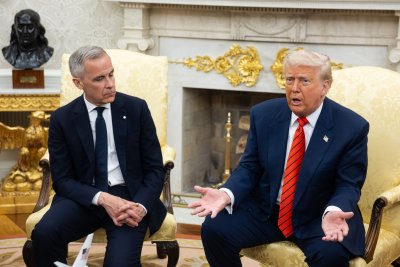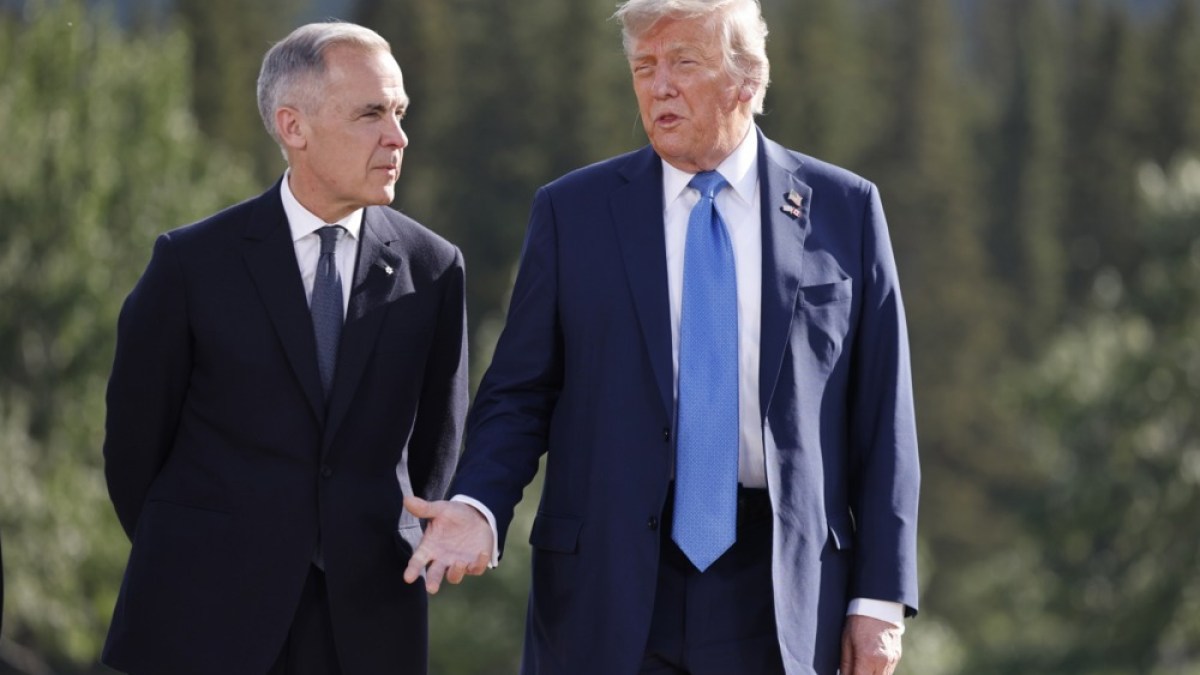Even as the United States slaps India with a 50 percent tariff, the highest among all countries so far and one that will push their relationship to its lowest moment in years, one thing is clear: US President Donald Trump is more interested in onshoring than friend-shoring, experts say.
On Wednesday, the US announced an additional 25 percent tariff on India over its import of Russian oil, taking the total to 50 percent. The move caught most experts by surprise as New Delhi was one of the first to start trade negotiations with Washington, DC, and Trump and Indian Prime Minister Narendra Modi have repeatedly admired each other in public statements and called each other friends. Brazil is the only other country facing tariffs as high as India’s.
“The breakdown of the trade negotiations was a surprise,” said Vina Nadjibulla, vice president of strategy and research at the Asia Pacific Foundation of Canada.
“This is a very difficult moment, arguably the worst in many, many years in their relationship and puts India in a very small group of countries that find themselves without a deal and with the highest tariff rates. They now need some pragmatic path forward and need to find a way to rebuild trust,” Nadjibulla said.
While the 50 percent tariffs, set to kick in in three weeks, have come as a shock, there has been a series of events in the past few weeks that hinted at disagreements between the two countries.
Just last week, Trump threatened that he would penalise New Delhi for buying Russian oil and arms, venting his frustration over an impasse in trade talks and referred to both countries as “dead economies”.
Negotiations deadlock
Last year, bilateral trade between India and the US stood at approximately $212bn, with a trade gap of about $46bn in India’s favour. Modi has said in the past that he plans to more than double trade between the two countries to $500bn in the next five years.
As part of the tariff negotiations, New Delhi had offered to remove levies from US industrial goods and said it would increase defence and energy purchases, the Reuters news agency reported. It also offered to scale back taxes on cars, despite a strong auto lobby at home pressuring it not to.
But it refused to remove duties from farm and dairy products, two politically sensitive sectors that employ hundreds of millions of predominantly poor Indians, and a stance similar to some other countries like Canada.
There are also geopolitical layers to what was supposed to be a trade conversation, pointed out Farwa Aamer, director of South Asia Initiatives at the Asia Society Policy Institute in New York.
A very public one was the difference in perception on how the latest clash between India and archenemy Pakistan in May was brought to an end. Trump has repeatedly said that he mediated a ceasefire. India has repeatedly said that Trump had no role in bringing about a truce and has said that Modi and Trump never spoke during the conflict.
Pakistan, on the other hand, has said it will nominate Trump for the Nobel Peace Prize and has so far walked away with deals with the US to explore its reserves of critical minerals and oil as its efforts to reset ties with the US play out after years of ambivalence under former US President Joe Biden, said Aamer.
All of this has caused unease for New Delhi, which is now trying to navigate a tough road. “This will test India’s foreign policy,” said Aamer, “and the question is if we will see it grow with the US even as it maintains its ties with Russia,” its longstanding defence and trade partner.
New Delhi has called Wednesday’s tariff “unfair, unjustified and unreasonable” and said its imports of Russian oil are based on its objective of securing the energy needs of its nation of 1.4 billion people.
But beyond that, “India doesn’t want to look weak”, said Aamer. “India has this global standing, and Modi has this global standing, so it has to hold its own. It will maintain its stance that its national security is driving its foreign policy.”
Robert Rogowsky, a professor of international trade at the Middlebury Institute of International Studies at Monterey, said he expected “very creative diplomacy” in the “near term” as India and the US try to reset ties despite tensions.
“Strong-arming individuals like Modi will inevitably lead to shifts and counter-shifts,” he told Al Jazeera.
Adding instability
For now, India can focus on strengthening its bilateral trade agreements, said Aamer, such as the one it signed with the United Kingdom last month and another with the European Union, which is currently in the works.
India is also trying to stabilise relations with China – just as Australia, Canada and Japan have done in recent months since Trump took office and hit allies with tariffs. Modi is planning to attend the Shanghai Cooperation Organisation summit at the end of the month. It would be his first visit to China since the two countries had a face-off in 2020 in the Galwan River valley.
But the trade blow from the US also comes at a time when India has been trying to position itself as a manufacturing hub and as an option for businesses that were looking to add locations outside China.
In April, Apple, for instance, said all iPhones meant to be sold in the US would be assembled in India by next year. While electronics are exempt for now from the tariffs, a country with a 50 percent tariff tag on it is hardly attractive for business, and this just “adds to the instability and uncertainty that businesses were already feeling” because of all the Trump tariffs, Nadjibulla said.
“Trump has made it clear that he’s interested in onshoring rather than friend-shoring.”




